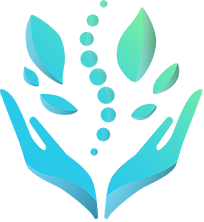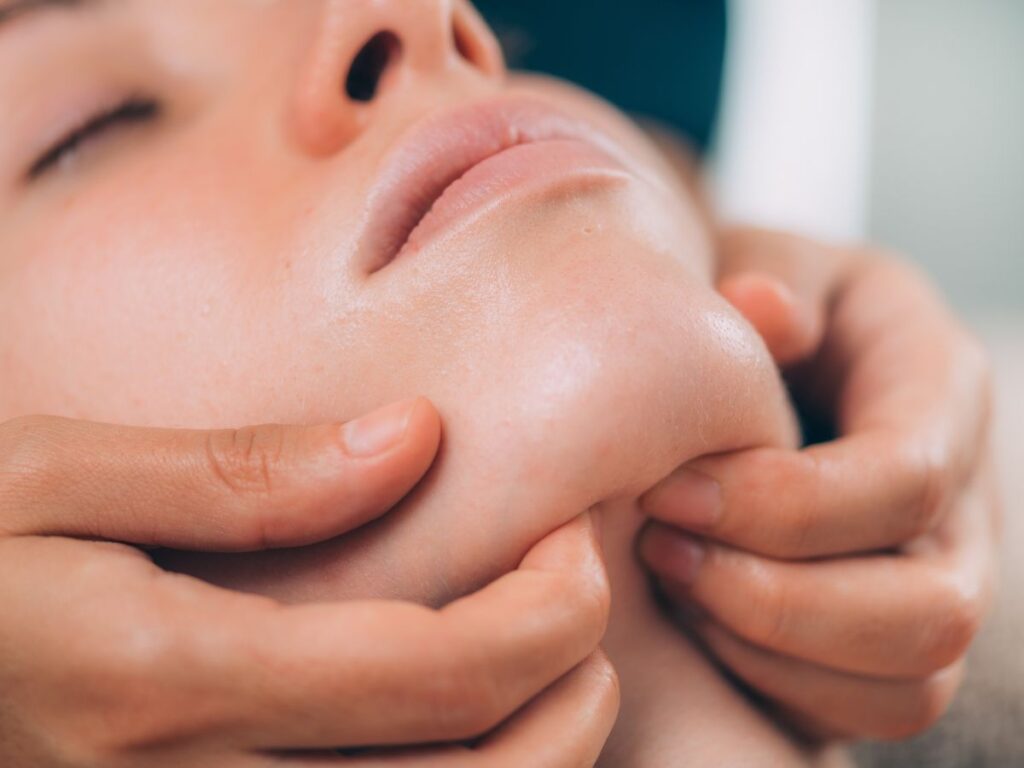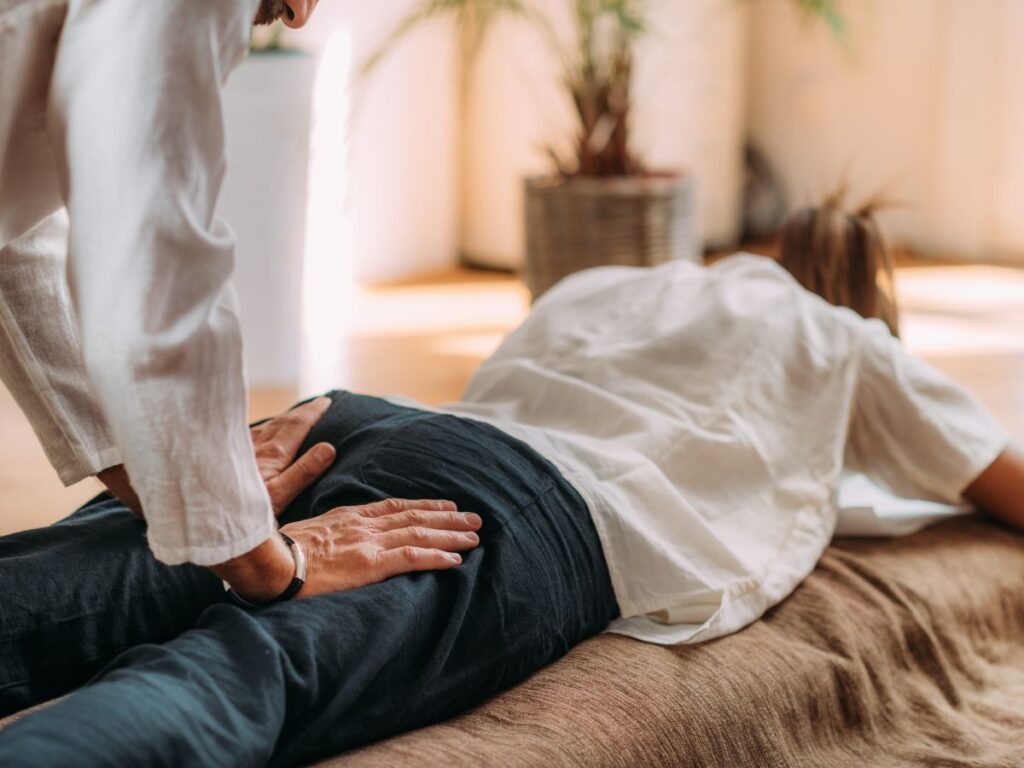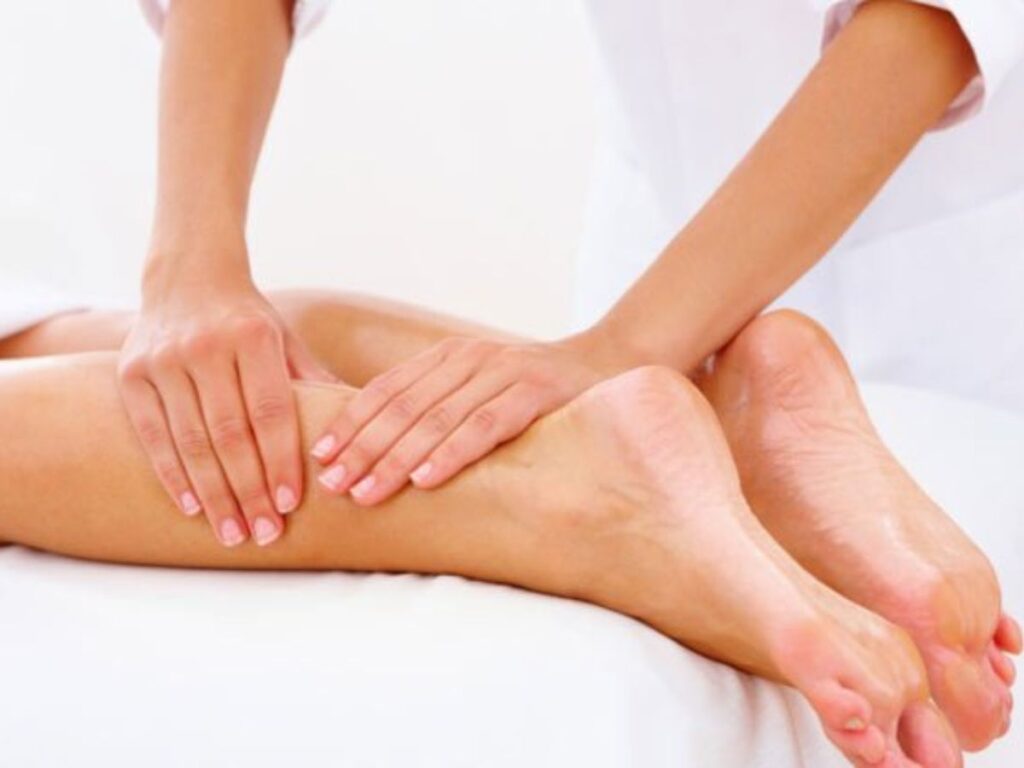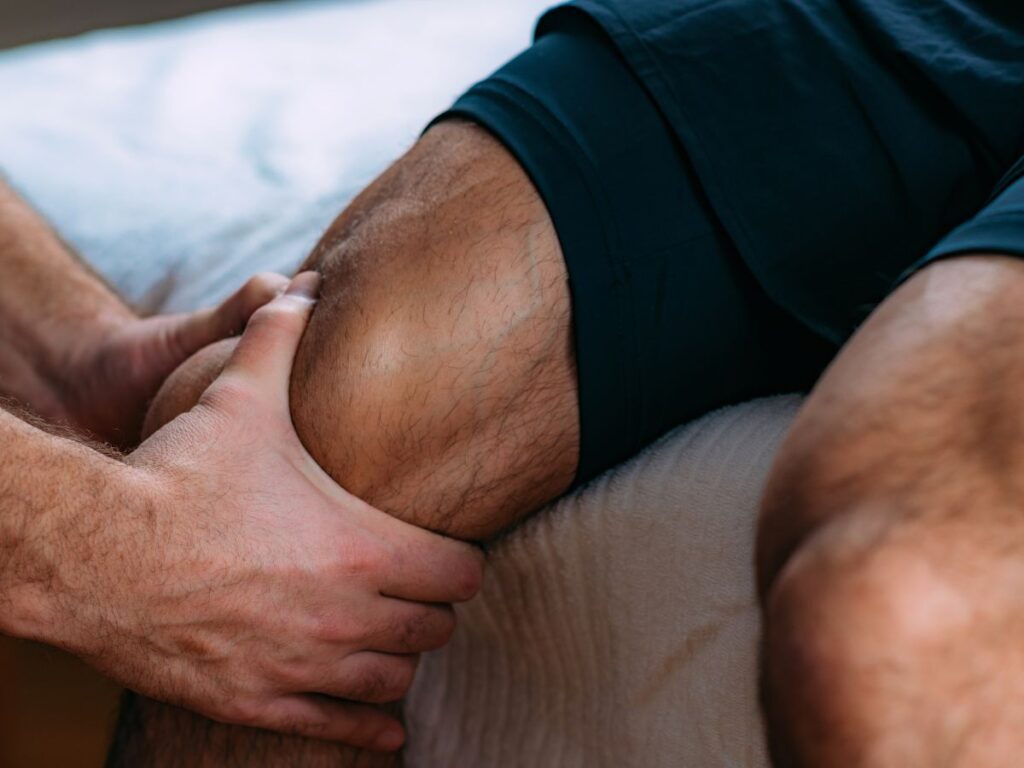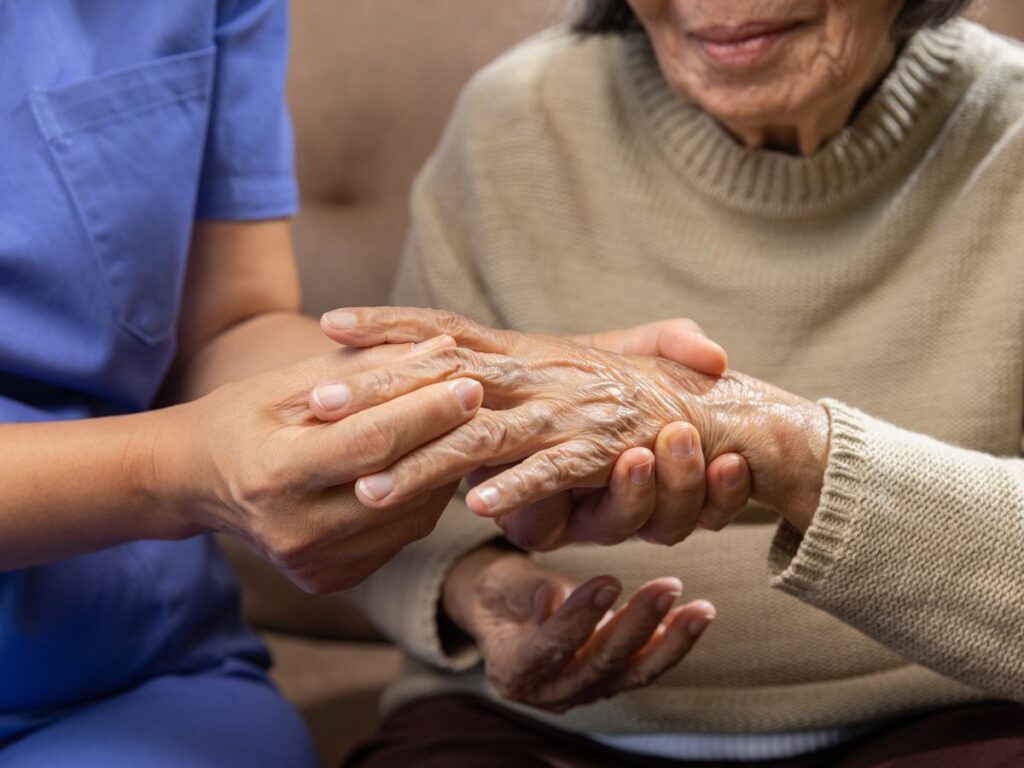Why Massage Excels in Sports Rehab
Sports push the body to its limits, often resulting in muscle strains, ligament sprains, or overuse injuries if recovery is overlooked. Massage therapy accelerates repair by flushing out metabolic waste, boosting circulation, and realigning muscle fibers that might have micro-tears or adhesions. Whether you’re a casual runner nursing shin splints or an elite athlete bouncing back from hamstring strain, massage addresses the root problems—tension, inflammation, and scar tissue—so you can rebuild strength without re-injury. As part of a broader rehab strategy, it paves the way for a swift return to training or competition.
Common Sports-Related Injuries
Muscle pulls in the quads, hamstrings, or calves frequent track and field. Rotator cuff strains plague swimmers or pitchers. Tennis players battle lateral epicondylitis, while runners face IT band syndrome or Achilles tendonitis. Each ailment triggers distinct pain patterns—often worsened by repetitive motions or insufficient warmups. Massage therapists tailor strokes and pressure to the injured site, working to disperse swelling, break up adhesions, and support new tissue formation. By reducing muscle imbalances, therapy also prevents neighboring areas from compensating, which could spark further injury.
Key Massage Techniques for Athletes
Deep tissue massage helps penetrate thicker muscle layers—like the glutes or quads—where tightness can linger. Cross-fiber friction around tendon attachments fosters pliability and primes tissues for active rehab. Trigger point therapy pinpoints localized knots that refer pain during motion. Post-event or maintenance sessions often feature Swedish strokes, aiding relaxation and quickening lactic acid clearance. Occasionally, therapists incorporate stretching—like PNF (proprioceptive neuromuscular facilitation)—to expand range of motion. By blending these methods, each session becomes a step forward in relieving stress, preserving muscle balance, and sparking faster healing.
Dr. Elham’s Alignment for Injury Prevention
Subtle misalignments—pelvic tilt or shifted vertebrae—strain muscles unevenly, raising the chance of injury during high-intensity movements. Dr. Elham’s chiropractic adjustments rectify these issues, assisting athletes in distributing forces evenly. Massage therapy complements this realignment by loosening any rigid muscles that tug the spine or joints out of place. Consequently, correct posture persists more readily, even under athletic stress. For ongoing sports activities, periodic checkups with Dr. Elham and targeted massages keep the entire kinetic chain harmonious, staving off repeated injuries and boosting performance longevity.
Benefits of Sport-Focused Massage
Massage therapy tailored to athletic needs does more than soothe soreness:
- Accelerated Recovery: Increased blood flow and lymphatic drainage reduce downtime, letting you resume training sooner.
- Enhanced Flexibility: Freed-up fascia makes joints move smoothly, lowering risk of overstretch injuries.
- Fewer Overuse Flare-Ups: Regular soft-tissue work prevents minor strains from festering into chronic issues.
- Optimized Performance: Balanced muscles and relaxed tissues allow for greater power, speed, and agility.
- Reduced Injury Recurrence: Alignments from Dr. Elham remain stable when muscles aren’t knotted, reducing repeat strains.
Over time, these effects translate into resilient physical fitness, letting you chase new personal bests or simply stay active without fear of sidelining pains.
Maintaining Gains After Each Session
Beyond massage, daily self-care fosters continued athletic progress. Gentle cooldown stretches post-workout keep lactic acid at bay. Foam rolling or using massage balls can mirror deep pressure at home. Dr. Elham might propose strengthening weak muscle groups or adjusting training volume to deter re-injury. Hydration and balanced nutrition supply tissues the resources they need for optimal repair. Ensuring sufficient sleep also aids recovery, as growth hormones surge during rest. By blending these practices with consistent massage therapy, you forge a powerful formula for unimpeded athletic growth.
Resolving Sport-Specific Hurdles
Different sports stress different muscle regions. Golfers may suffer lower back tightness from rotation, while soccer players risk groin pulls amid quick lateral movements. Massage therapy pinpoints the unique muscle load demands of each sport, releasing overworked areas to restore synergy. Dr. Elham’s alignment checks confirm that no structural quirks aggravate the motion patterns. In tandem, these strategies let athletes reintroduce drills or competition with confidence, bolstered by a body that’s balanced, repaired, and primed for action.
Consequences of Pushing Through Pain
Athletes often soldier on despite twinges, a decision that can escalate mild strains to tears or transform tendon irritation into tendonitis. Chronic inflammation might hamper peak performance, limit range of motion, or necessitate long layoffs for rehab. Unresolved injuries can form scar tissue, making future re-injury more likely. Massage therapy, coordinated with Dr. Elham’s oversight, intervenes before damage snowballs, nipping potential setbacks and ensuring you don’t lose training progress to preventable breakdowns.
Inside a Sports Massage Session
Therapists begin by reviewing recent training loads or pain points, then warming up the area with lighter strokes. They progress to deeper friction or trigger point work on specific muscles—maybe the calves for runners, rotator cuff for swimmers, or forearms for racket sport players. Some sessions feature active release, where you move the limb while the therapist applies pressure, alleviating adhesions under motion. Feedback on pressure intensity ensures no undue soreness emerges. Concluding with gentle stretching or kneading helps flush out the byproducts of deeper work, leaving the targeted muscles relaxed and ready to heal.
Fostering a Long, Active Career
Sports injuries needn’t derail your pursuits. Routine massage therapy sessions, especially during peak training or post-event recovery, fortify your body against breakdowns. Dr. Elham’s alignment checks close any gaps in posture or joint stability, preventing repeated stress. Outside the clinic, wise training schedules, attentive warmups, and diligent cooldowns sustain the effect of each massage. Over time, this integrated approach not only reduces injury risk but also refines technique, letting you excel in your chosen sport—be it recreational or professional—without fearing the next pull or sprain. The result: a thriving athletic journey backed by physical resilience and consistent performance.
